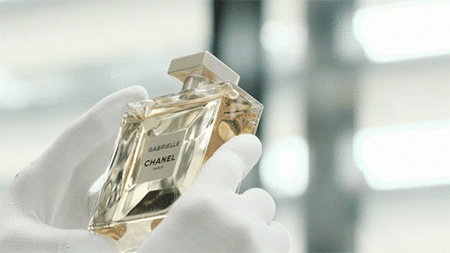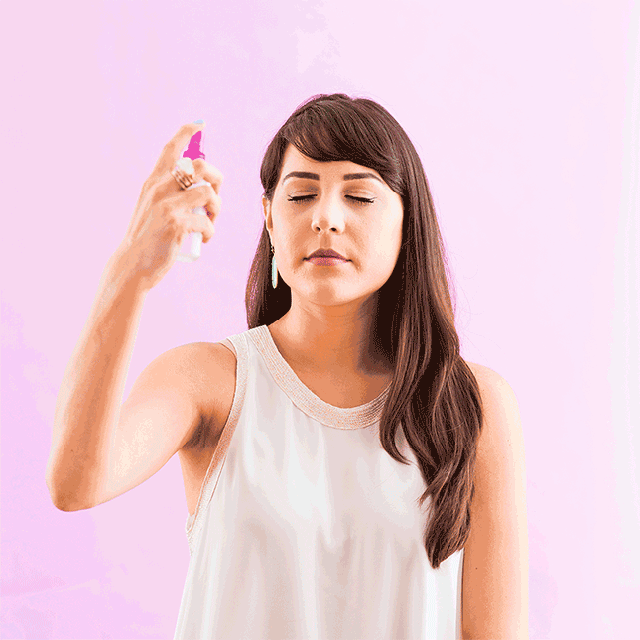Getting perfume just right can be a challenge. Put on too much and your perfume will enter the room before you do. Put on too little, and you might as well have saved your money on some deodorant. Who knew that wearing fragrance well requires a little more skill and finesse. For example: Did you know that correct placement depends entirely on both the environment in which it’s worn and the outfit for which it accessorises?
We didn’t either. Here, check out these common mistakes people usually make when it comes to applying perfume — and how to fix them in a flash.

Put on pulse points
The fact that ladies look so demure lightly tapping their wrists and neck with perfume, isn’t the only reason it’s been a long-time beauty tradition. Your neck, wrists, backs of knees, and other pulse points emit more heat than other parts of your body — and that heat actually activates and maximises your perfume. P/S: Don’t cover it up with clothing, and instead target areas exposed to the air.
Dab, don’t rub
You should avoid spritzing and rubbing for two reasons. First, rubbing your wrists together can dull top notes (or the scents you smell in the first five minutes of applying perfume). Secondly, it mixes the perfume vigorously with your natural oils, which can change the way it smells.

Use the right amount for the fragrance type
If you’ve ever wondered why some perfumes that smell almost identical are named—and priced—differently, you be interested to know that these naming conventions indicate different levels of fragrance concentration. The most concentrated is Perfume, second most, Eau de Perfume, third, Eau de Toilette, and least concentrated is Eau de Cologne. The more concentrated it is, the longer you can expect the scent to last and the less you should use. There is no magic amount to use, but as a rule of thumb, two spritzes directly to skin should always be plenty—sometimes too much.

Apply to hydrated skin
The best time to apply perfume (or any product for that matter) is directly after the shower. Not only is your skin free of dirt, it is also warm and damp creating the optimum conditions to fully absorbing any topical, including your perfume. If you can’t shower before spritzing, apply non-scented lotion first. The better moisturised your skin, the longer your scent will stay on.
When in doubt, use your head (or your hair)
If you’re in an intensely hot climate — then it’s best to not apply scent directly to your body. As you sweat, the natural oils of the skin can destroy your perfume faster. The chic alternative is to lightly mist your hair, scarf, or sarong. Because they move with the air, it helps with the diffusion of the scent.







